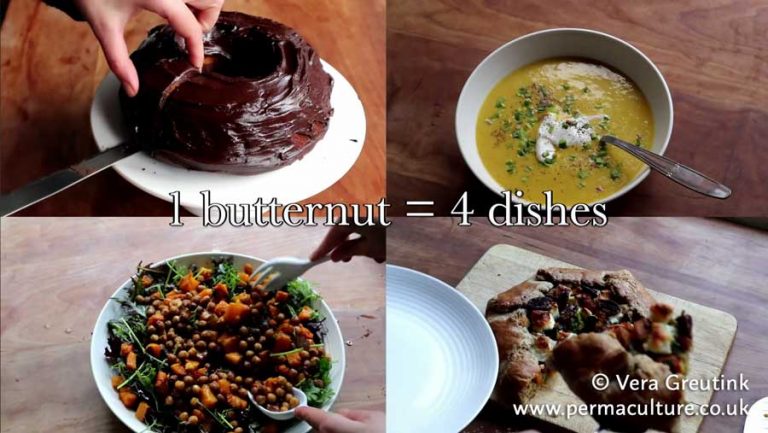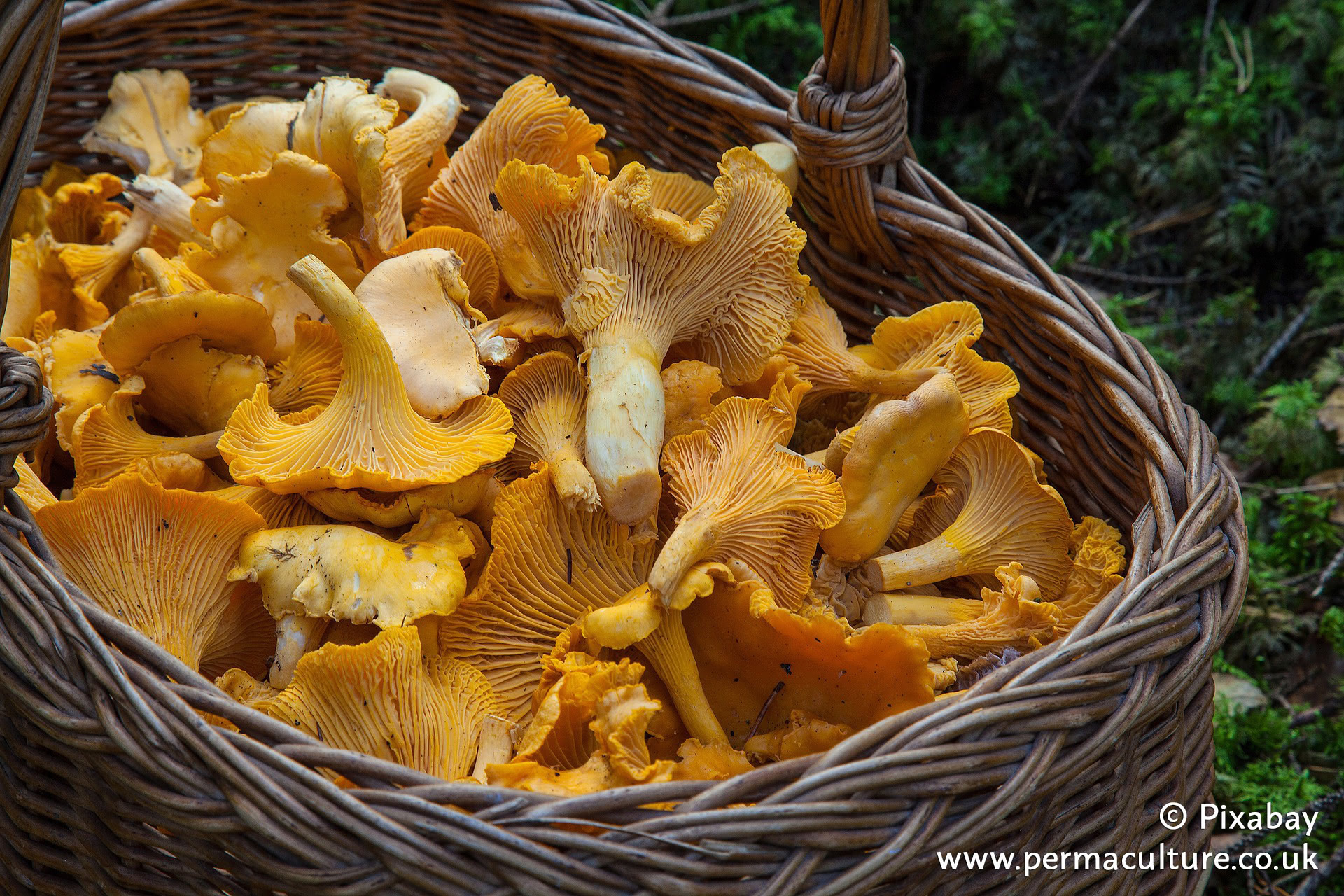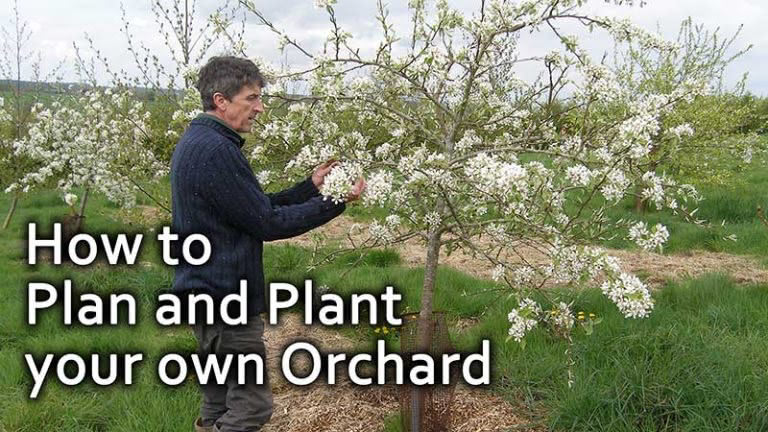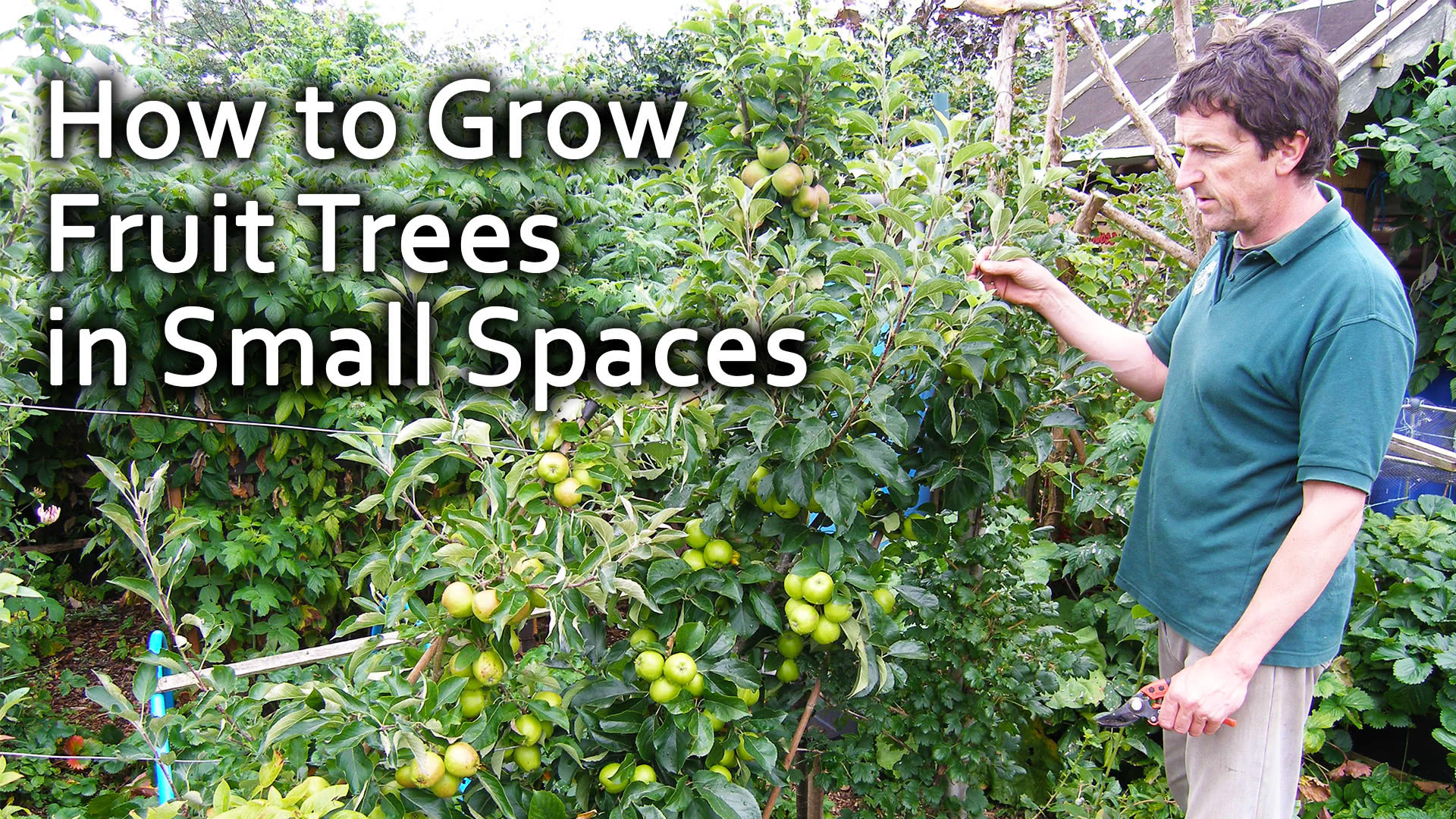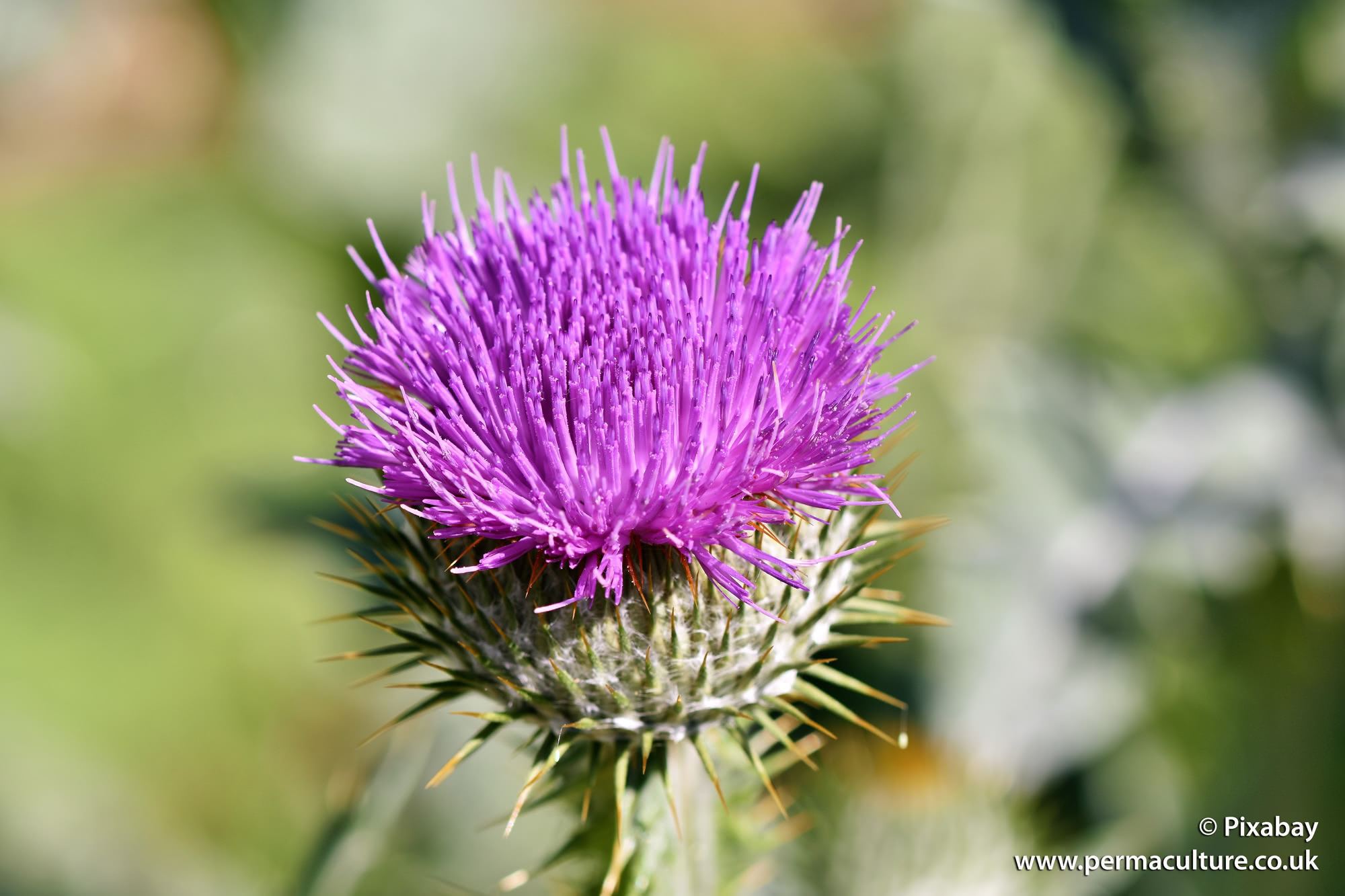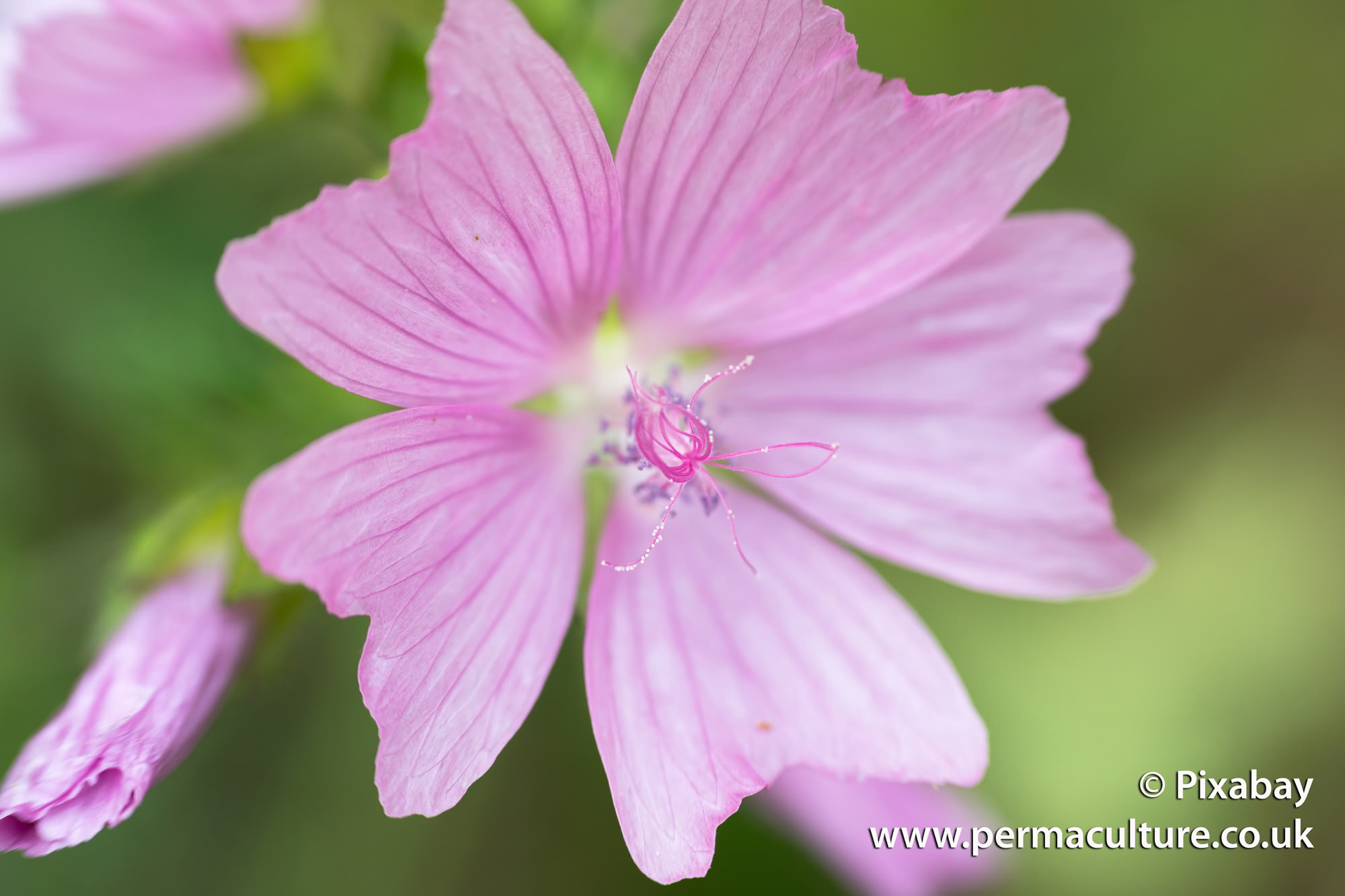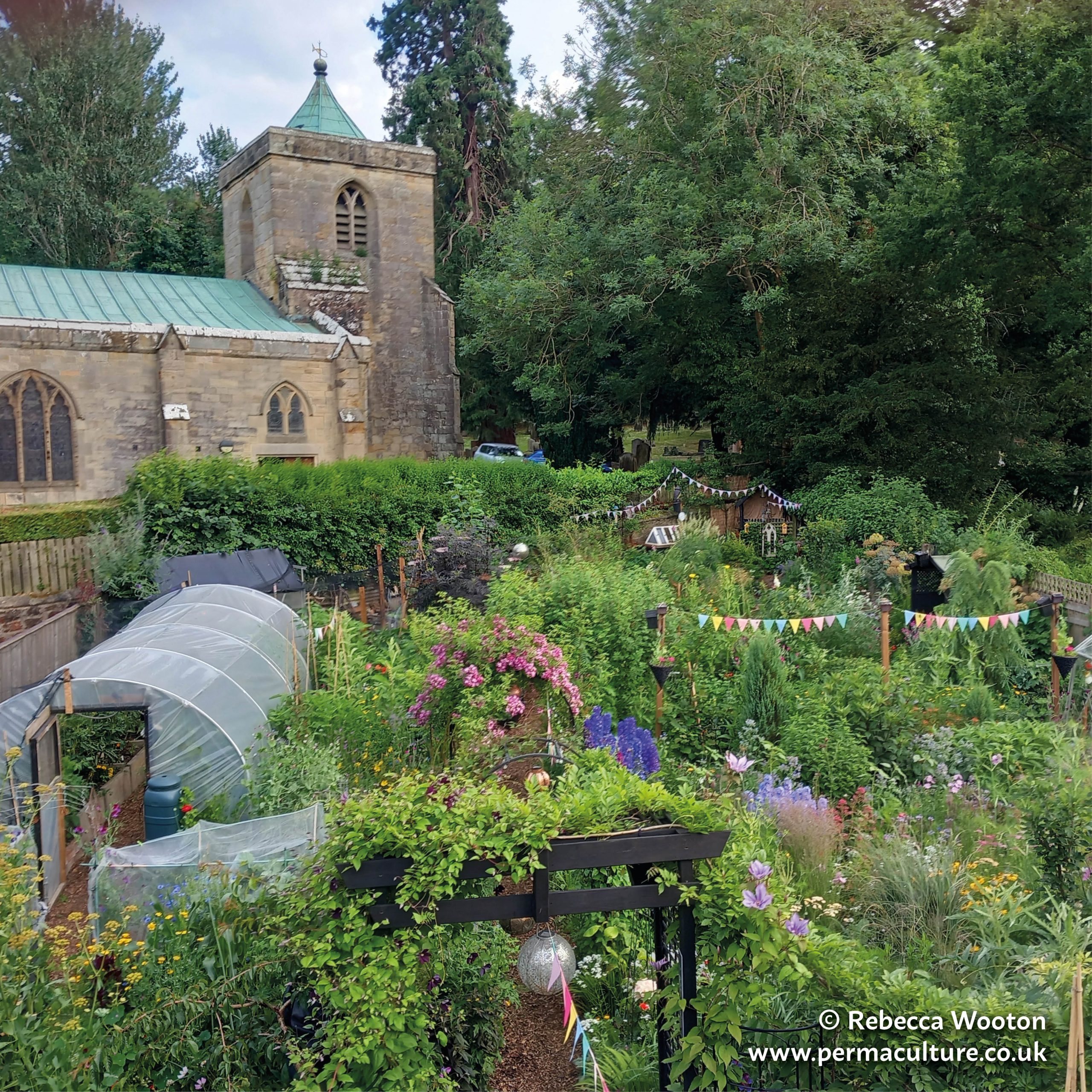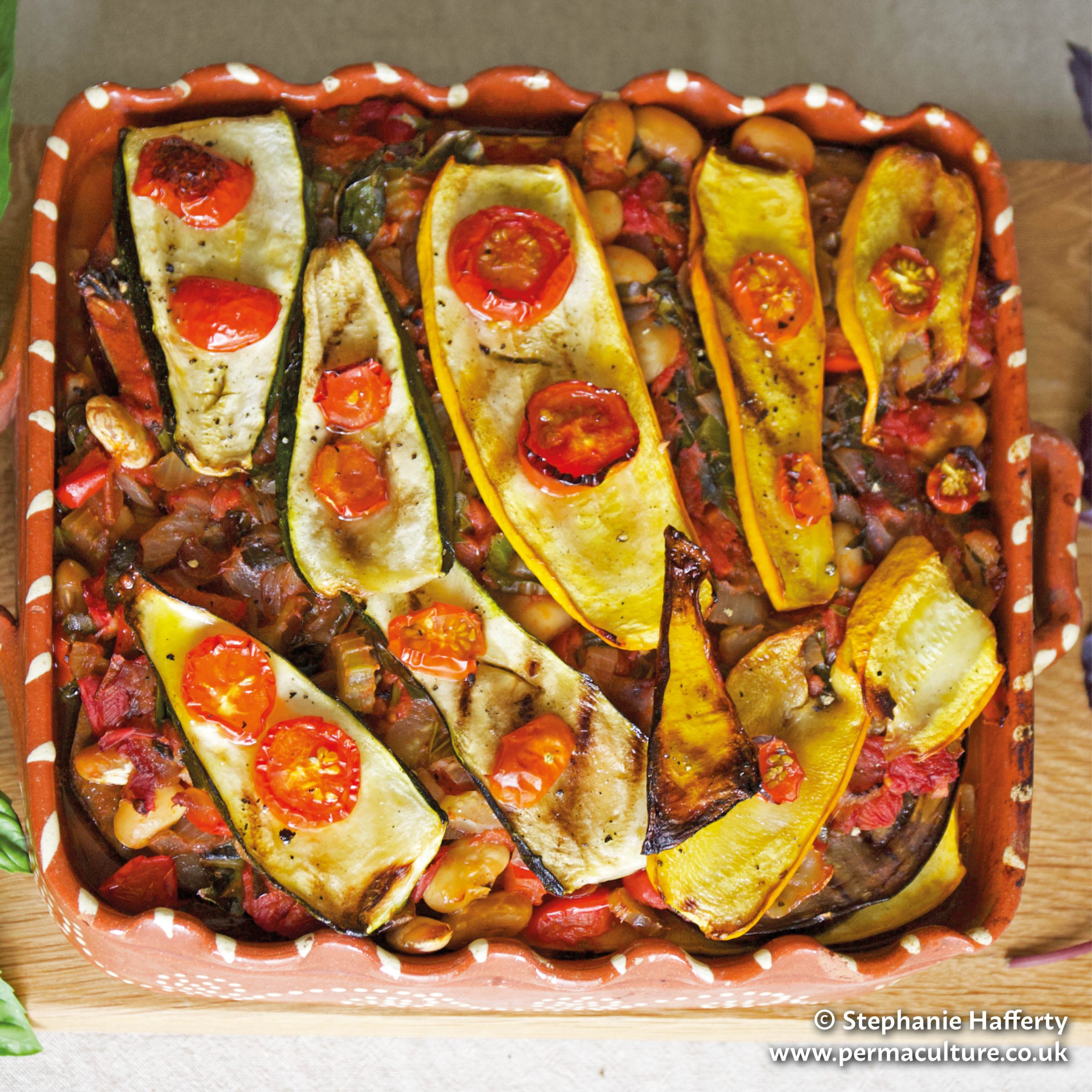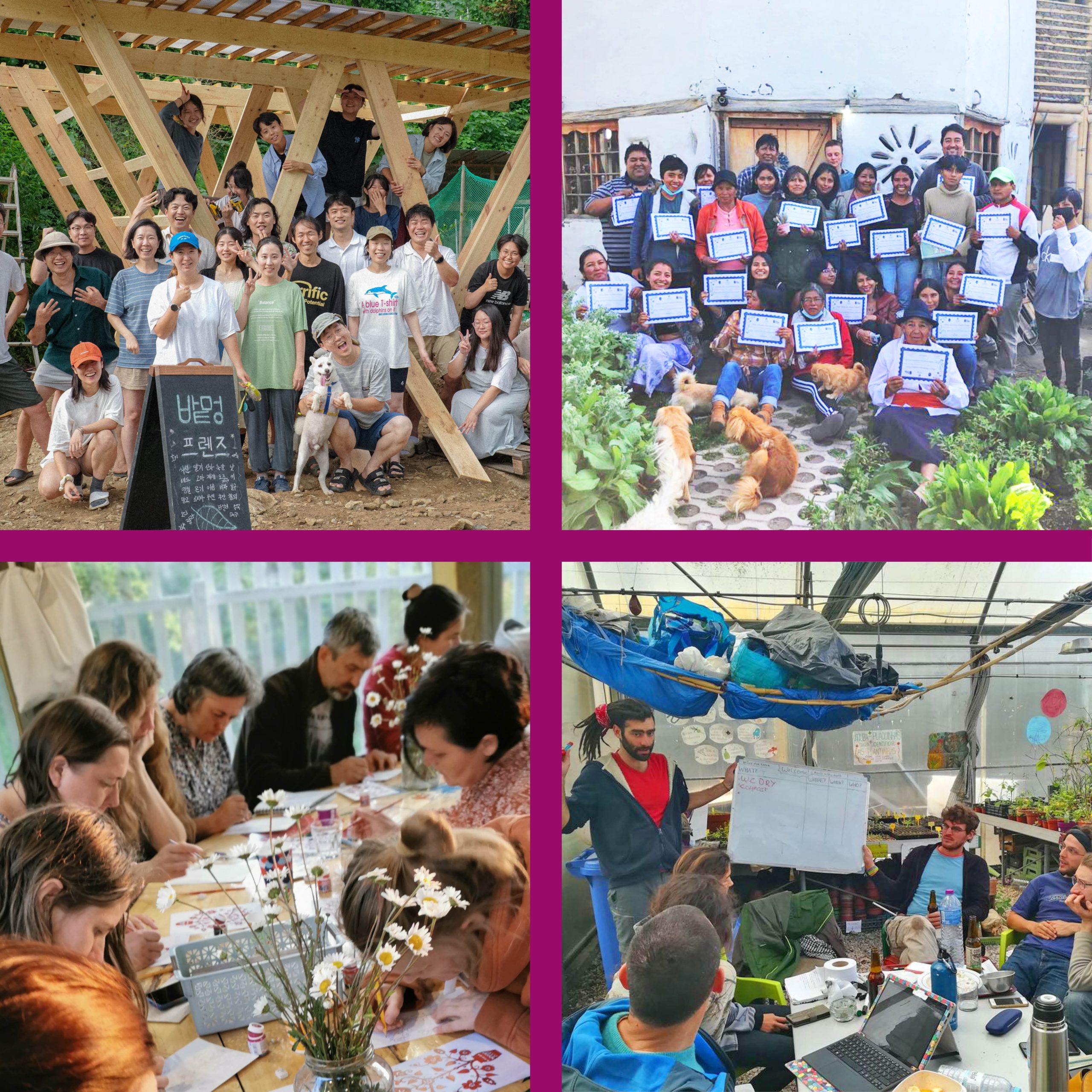What’s the need for another book on perennial vegetables when we already have two excellent tomes by Martin Crawford and Eric Toensmeier? There are two good reasons in my view.
Firstly, they complement each other, with one author giving more weight to some vegetables and another to different ones. For example, Martin Crawford gives scant attention to the perennial brassicas while Anni Kelsey gives pride of place to these highly productive vegetables and goes into a lot of detail about growing them. Even where they do give the same space to the same vegetable, what they have to say about them varies according to their personal experience.
Secondly, this is more than just another book about edible perennials for the garden. It’s also one woman’s personal story about her adventures on one of gardening’s last frontiers. Perennial vegetables are right out there on the cutting edge of gardening knowledge. A few years ago hardly anyone had heard about them, save the obvious ones like asparagus and artichokes, and still not much is known about them. Not only that, but the author chooses to grow them in complex mixes, or polycultures, another aspect of edible gardening which is hardly on most people’s horizon. Both of these are fields where the ordinary permaculture gardener can make a real contribution to our combined store of knowledge.
Nor did she start out with the most promising of plots. The vegetables had to be fitted in around the edges of a formal lawn-plus-shrubbery type of garden, mostly in spots which are more shady than she might have wished. It was her sheer love of plants and her determination to find out more about this fascinating group of vegetables that made the project a success, and in turn led to a book which is both informative and heart-warming.
Perennial food plants and polycultures both lie at the heart of original perma-culture. Perennials, because each plant stays in the ground for many years, save us an enormous amount of work compared to the annual round in the conventional vegetable garden. They also allow the soil to remain undisturbed and keep its biological activity going without a break, two things which are central to the permaculture approach to the soil.
Polycultures are far more healthy than monocultures, where any pest or disease which is specific to the single crop grown can quickly become a problem. They also meet much of their own need for soil fertility. If well designed they can yield more than monocultures by combining plants which complement each other rather than competing head on. Tall and short, early season and late season, nitrogen fixer and nitrogen-hungry are just some of the ways they can avoid competition by having complementary needs.
Anni Kelsey’s inspiring book is an excellent introduction for the beginner. It will get you started on a way of gardening which is deeply sustainable and can be highly productive. If, like me, you’ve already started down the path of growing perennials you will find it equally fascinating. In such a new field of knowledge as this we all have a lot to learn by sharing each other’s experience.
Growing Perennials & Companion Plants: tips for organic pest-free food, medicinals & healthy soil
Top 10 Perennial / Ornamental Vegetables
Using Perennial Polycultures to Create Mulches & Fertilizers
Patrick was an early pioneer of permaculture and teacher for many years.

